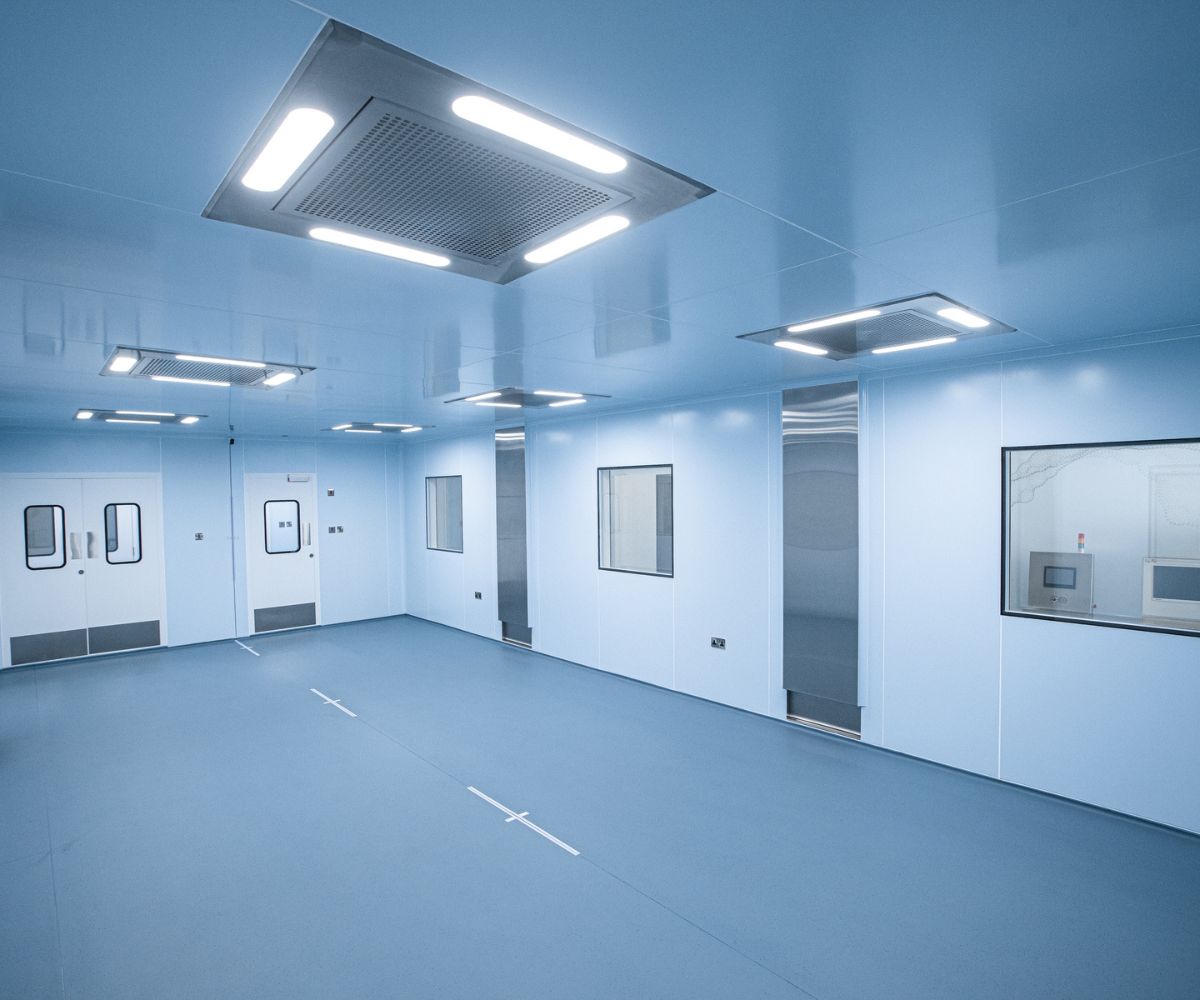Let’s be honest: the words “clean room installation” can sound intimidating. Visions of complex engineering, sky-high budgets, and months of disruption might spring to mind. But what if it didn’t have to be that way?
Here in Australia, where our pharma, tech, and medical research sectors are booming, the need for precision environments has never been greater. But meeting that need has gotten a lot smarter, thanks to modular clean room technology.
If you’re a facility manager, a lab head, or an entrepreneur trying to get a sensitive project off the ground, this guide is for you. We’re cutting through the jargon to give you a clear, honest look at what goes into a modular clean room in Australia.
So, What Exactly is a Modular Clean Room?
Think of it like high-tech, ultra-clean Lego. Instead of building a permanent, brick-and-mortar room that you’re stuck with forever, a modular clean room is made from pre-designed panels and parts. These are assembled like a puzzle to create a perfectly sealed environment, free from dust, microbes, and other contaminants.
The best part? If you need to expand, reconfigure for a new process, or even move locations, you can take it apart and put it back together again. It’s the flexible and far less messy alternative to traditional construction.
Who Actually Uses These in Australia?
You might be surprised. It’s not just for big pharmaceutical companies. We see a huge range of Aussie businesses using them:
- Medical & Pharma Folks: For crafting sterile medications, vaccines, and medical devices. It’s all about patient safety.
- Biotech Researchers: In labs where a single speck of dust can ruin months of delicate work.
- Electronics & Tech Companies: For building the tiny, sensitive components in our gadgets that hate static and dust.
- Food & Beverage Innovators: For creating new products in a super-clean environment to ensure quality and shelf-life.
- University Research Teams: Giving students and researchers the top-tier facilities they need to make breakthroughs.
From Empty Space to Operational: How Installation Works
This is where people breathe a sigh of relief. The process is way more straightforward than you might think.
- The Chat: First, we figure out what you really need. What’s your process? What’s the required ISO class (the official cleanliness rating)? What’s your budget? This is the most important step.
- The Design: Using your answers, experts draw up a plan. This covers everything from the layout and airflow to the all-important environmental control systems that keep the air pristine.
- The Build (Mostly Off-Site): The walls, ceiling grids, and other components are fabricated away from your site. This means less noise, mess, and disruption for your team.
- The Quick Assembly: Our specialised crew comes in and puts it all together. Because everything is pre-made, this stage is surprisingly fast.
- The Final Check: We don’t just hand you the keys. We test everything—airflow, filters, seals—to certify it meets the ISO standard you paid for. You get a report that proves it’s working perfectly.
The Tech Inside: It’s Smarter Than Ever
Gone are the days of clunky, inefficient rooms. Today’s clean room solutions are clever:
- Super-Filters: HEPA and ULPA filters are the heroes, trapping 99.99% of particles you can’t even see.
- Smart Monitors: Imagine getting an alert on your phone if the humidity drops. Modern systems give you real-time data to keep you in control.
- Energy-Saving Designs: New HVAC systems are built to be powerful yet efficient, saving you money on your power bill every single day.
Keeping It Clean: The Day-to-Day
A clean room is a bit like a high-performance car; it needs regular care. The good news? It’s not complicated.
- Strict Gowning Protocols: Anyone entering needs to suit up properly. It feels a bit sci-fi, but it’s essential.
- Specialised Cleaning: You’ll use specific wipes and cleaners that don’t shed particles or leave residue.
- Scheduled Check-ups: Like a car service, we recommend regular maintenance and recertification (usually yearly) to ensure everything stays in spec and meets audit requirements.
The Big Question: What’s the Damage?
We won’t sugarcoat it—it’s a significant investment. But the modular approach saves you money in ways you might not expect:
- Speed: Getting operational months faster means you start making money or securing grants sooner.
- Flexibility: That ability to change and adapt down the track? That saves you from a total rebuild in five years.
- Less Downtime: The quick, clean installation means your current operations aren’t shut down for long.
What’s Next? The Future of Clean Rooms.
The future is smart and connected. We’re already seeing rooms that can predict when a filter needs changing or automatically adjust settings to save energy. Sustainability is also becoming a huge focus, aligning with Australia’s broader green goals.
Your Questions, Answered.
Q1: Okay, give it to me straight. What’s a rough cost for a modular clean room in Australia?
A: It’s like asking the price of a house—it depends! A small, basic room could start around the price of a new car. A large, complex facility for sterile work could be a multi-million-dollar project. The only way to get a real number is to have a provider like us scope your project.
Q2: How long will my lab be a construction zone?
A: Not long! A traditional build can take months. A modular room is typically installed and certified in a matter of weeks.
Q3: Who gets the most out of a modular clean room?
A: Anyone who needs a controlled environment but also values flexibility and speed. They’re perfect for fast-growing biotech startups, medical device manufacturers, and research teams working on fixed grants.
Q4: Do I need to get it re-certified? How often?
A: Yes. Think of it like a smoke alarm check. You need to do it regularly to be sure it’s working. For most industries, an annual recertification is standard practice to pass audits.
Q5: What’s the real difference between an ISO 5 and an ISO 8 room?
A: Simply put, how clean the air is. An ISO 5 room is incredibly strict (like for injecting medicine into vials), while an ISO 8 room is cleaner than a hospital operating theatre but used for less critical tasks like some packaging or electronics work. We help you figure out exactly what you need.
This isn’t a DIY project. Your choice of partner will make or break your experience. You need a team that listens, understands the unique Aussie regulatory landscape, and has a proven track record.
At Pod Tech Company, we’re not just engineers; we’re problem-solvers. We pride ourselves on translating complex needs into practical, precision-engineered solutions that actually work for your team and your budget.
Linkedin- https://www.linkedin.com/company/podtech-lifecare/





